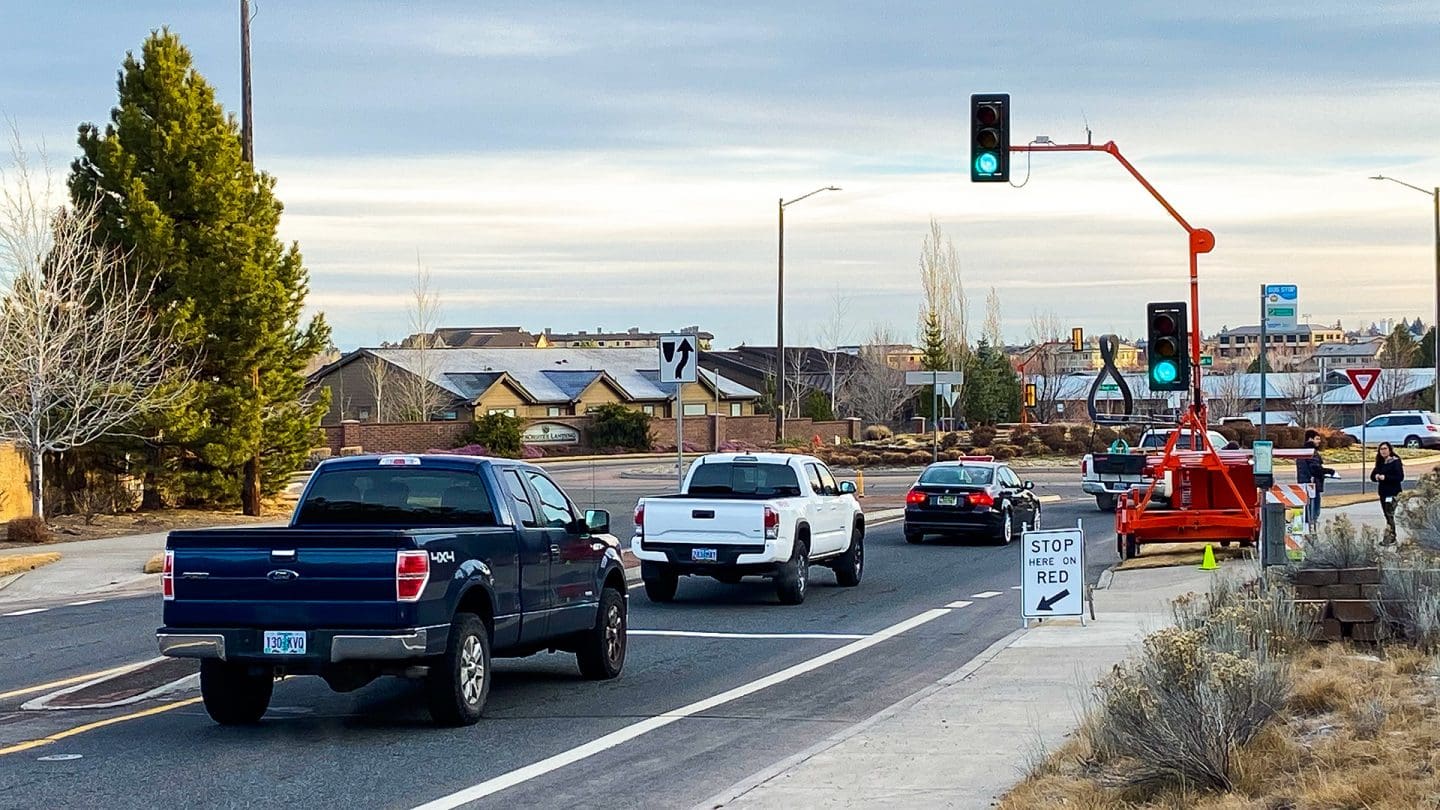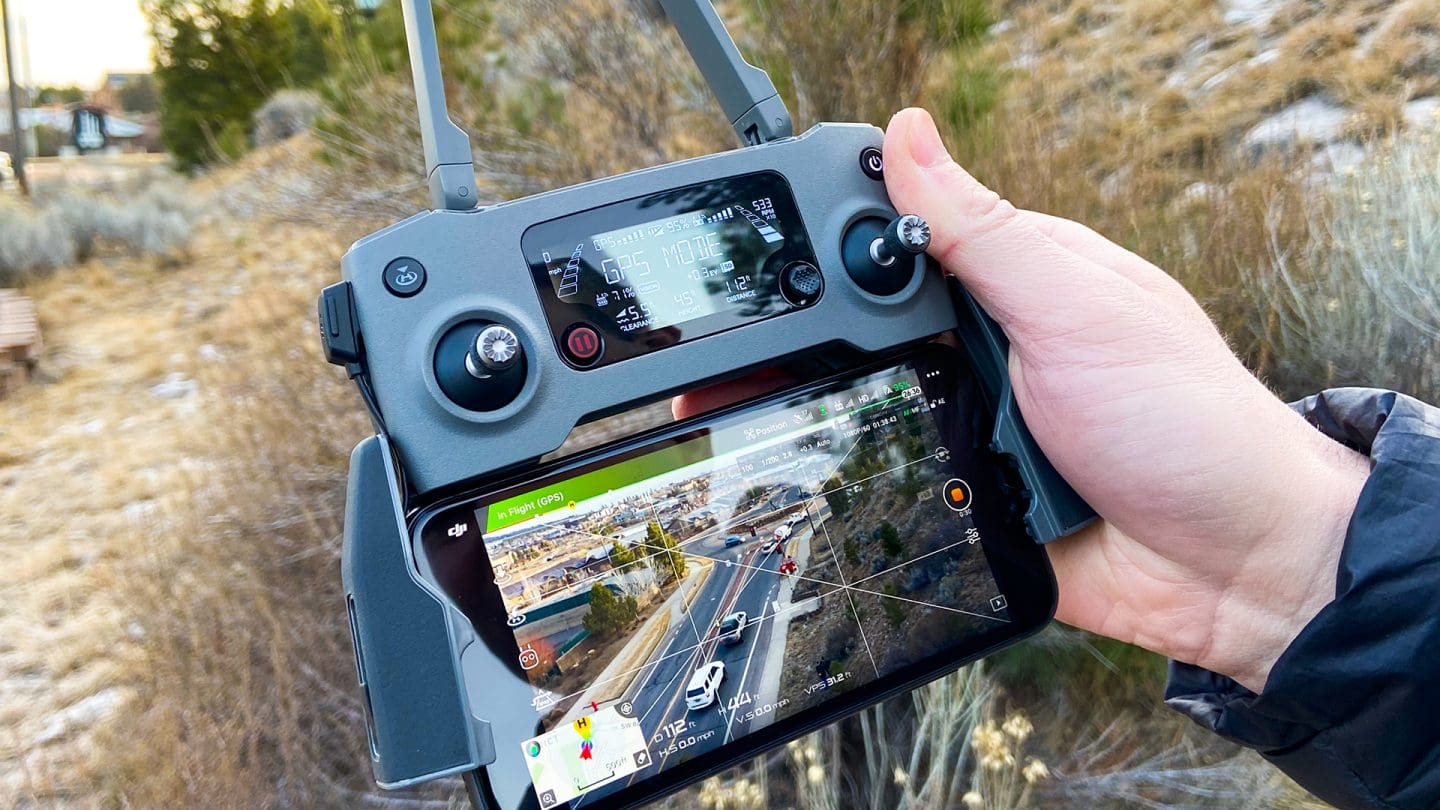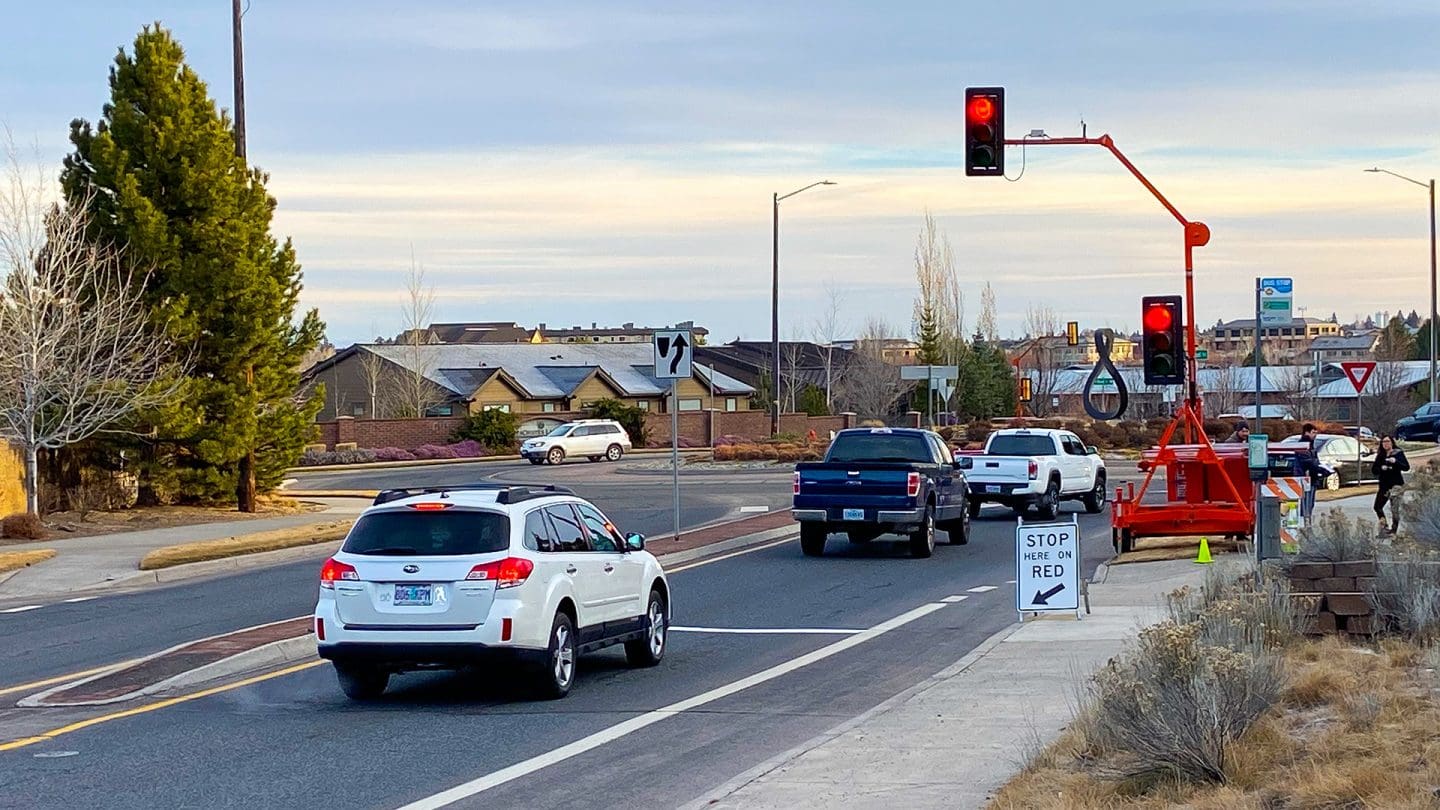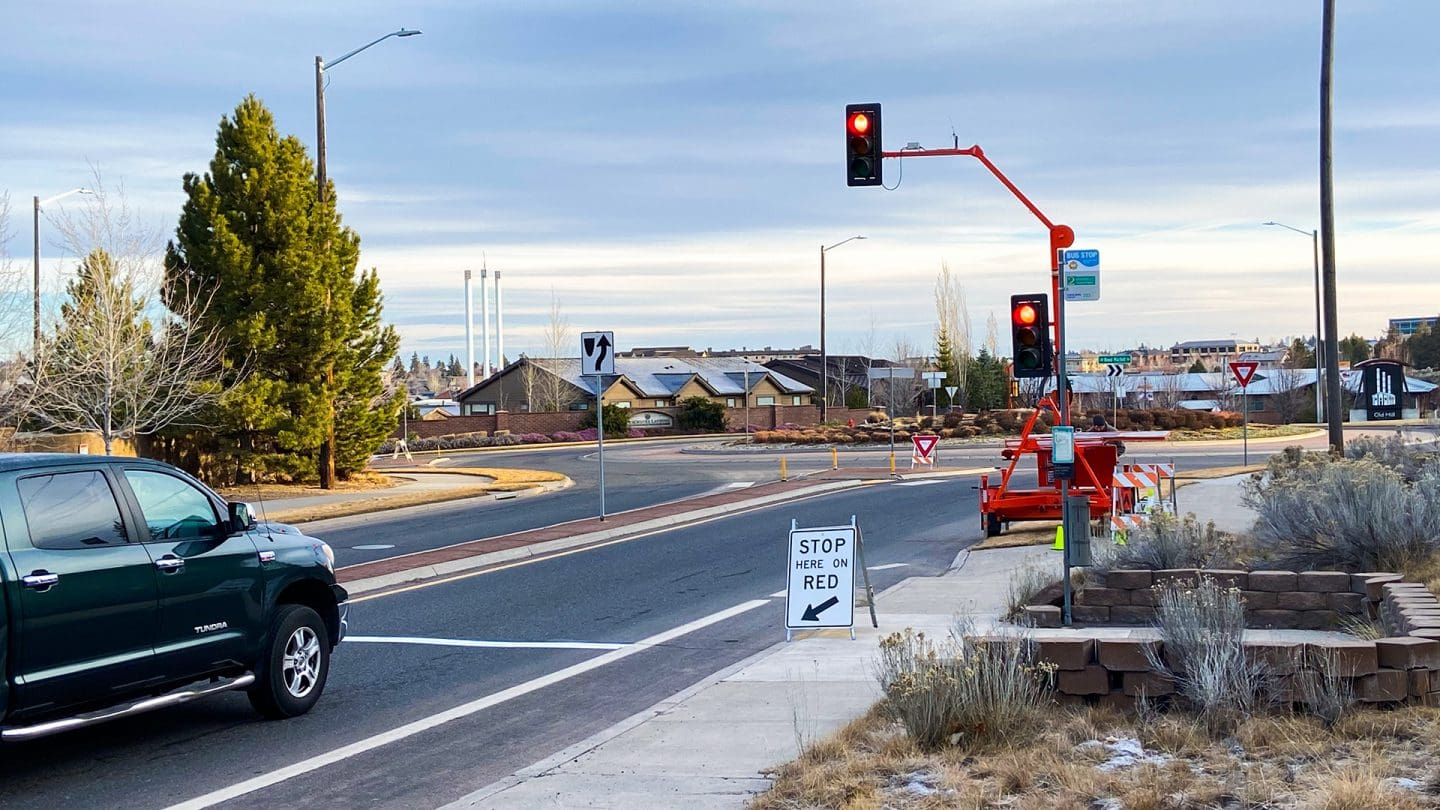September 22, 2020
Since the early days of modern roundabouts in the United States, this form of intersection control has grown in popularity as a cost-effective and often safer alternative to signalized intersections. In few places are roundabouts embraced more heartily than in the City of Bend, Oregon.
In 1999, the City of Bend adopted a policy stating that roundabouts were the preferred option for intersection improvements, and that they would give preference to roundabouts as a safe and efficient form of intersection control. Since this policy was put in place, 40 new roundabouts have been constructed within Bend city limits. In fact, there are no signalized intersections on the West side of the City.
But what happens when a roundabout is unable to keep up with growing demand at peak hours?
The intersection of Brookswood, Bond, and Reed Market is a prime example. It’s a confluence of competing demands from a residential area, downtown Bend, and one of the few crossings of the Deschutes River in Bend. The roundabout is regularly congested during peak periods of the day. With safety in mind, the City was looking for an innovative way to solve capacity challenges without redesigning this roundabout completely.
Why a Traffic Signal and a Roundabout
Roundabout metering – the addition of a signal on the approach to a roundabout – is a relatively new approach to solving roundabout capacity deficiencies. Currently, there are only about half a dozen metered roundabouts operating in the United States.
What does the addition of a signal accomplish? Many roundabouts with capacity problems only experience demand at specific hours of the day. Metering allows for the continued safety benefits that a one-lane roundabout provides while controlling traffic at those peak hours of the day. The metered signals can be used to improve the flow of traffic on legs of the roundabout where long vehicle queues tend to form.
A Four-Day Roundabout Metering Test
Earlier this year, Kittelson collaborated with the City of Bend to test roundabout metering at the Brookswood and Reed Market intersection over the course of four days: two days with the meters active and two days with the meters inactive as a baseline. Scott Beaird, principal engineer at Kittelson who served as project manager, said he was interested to see how drivers would respond to the temporary signals.
"We wanted to know how drivers would react to seeing a signal so close to the entry of a roundabout and if they would perceive the fact that they still need to yield."
- Scott Beaird, PE
The team used a variety of signal timing strategies to test the meter’s ability to solve peak hour capacity issues. The team was also carefully observing and recording driver responses to the signals.
“With meters on all four legs of the roundabout, the test allowed us to clear specific peak queues quickly to keep traffic moving and showed promise to control the flow,” said Scott. He noted that in two days of active meter testing, the team observed no adverse safety outcomes.
“Not a single driver proceeded through the roundabout without yielding, even after receiving a green light from the meter.”
Takeaways From the Metering Test
Are metered roundabouts the future of solving capacity problems? Every roundabout and its demands are different. But Scott said the driver reaction was encouraging.
“For me, a takeaway from the test is that metering has the potential to allow for continued safety, and people understood that you still need to yield at the roundabout,” he said. “This project showed signs that metering is a good tool to have, to help agencies save money and not over-construct roundabouts.”
We appreciate the opportunity to work with clients who are willing to embrace innovation and try new things. The City of Bend is still exploring options for the roundabout but will be presenting the metered alternative to City Council as a step forward for capacity demand innovations.




